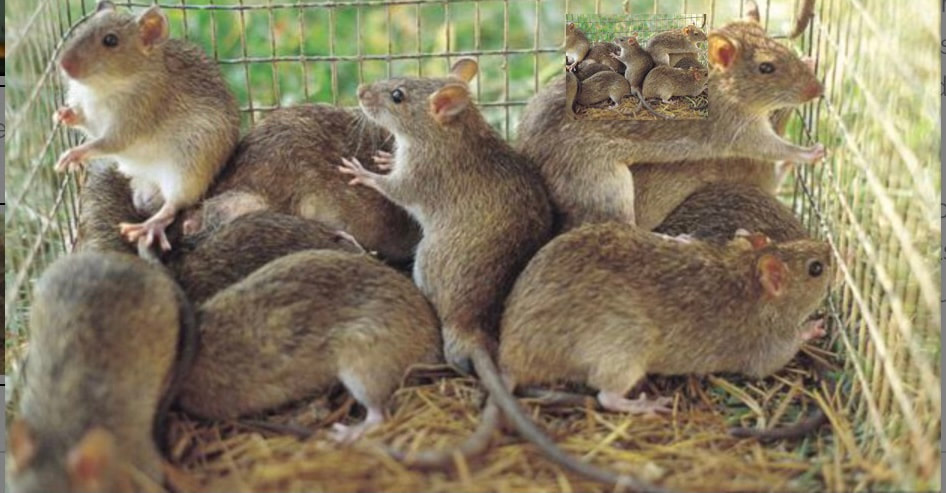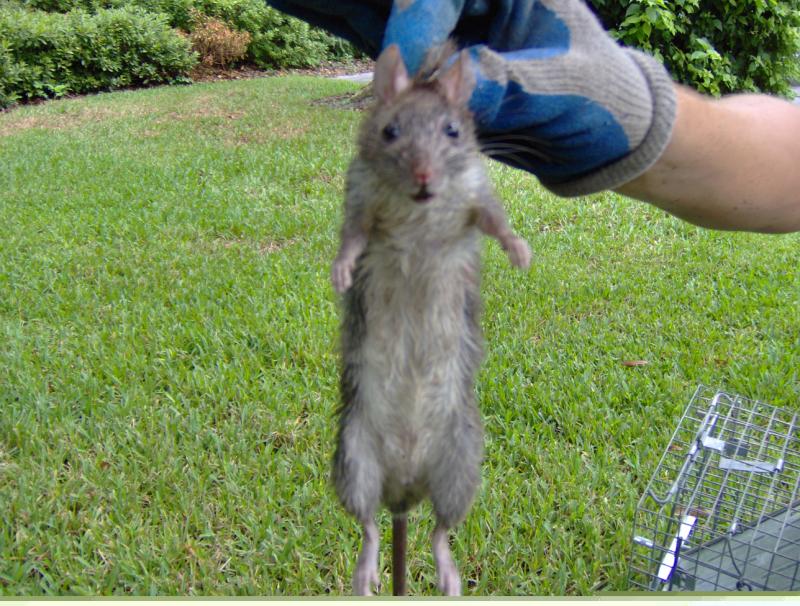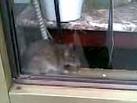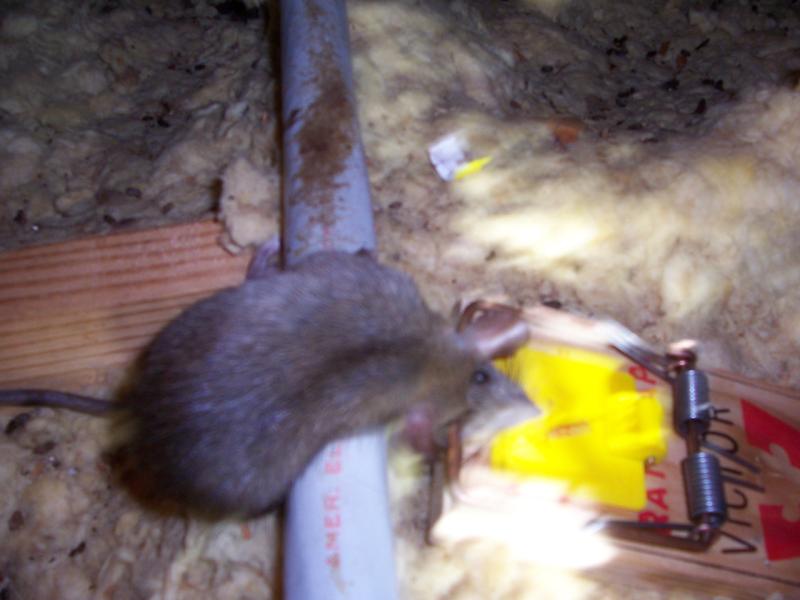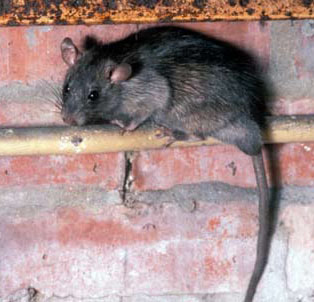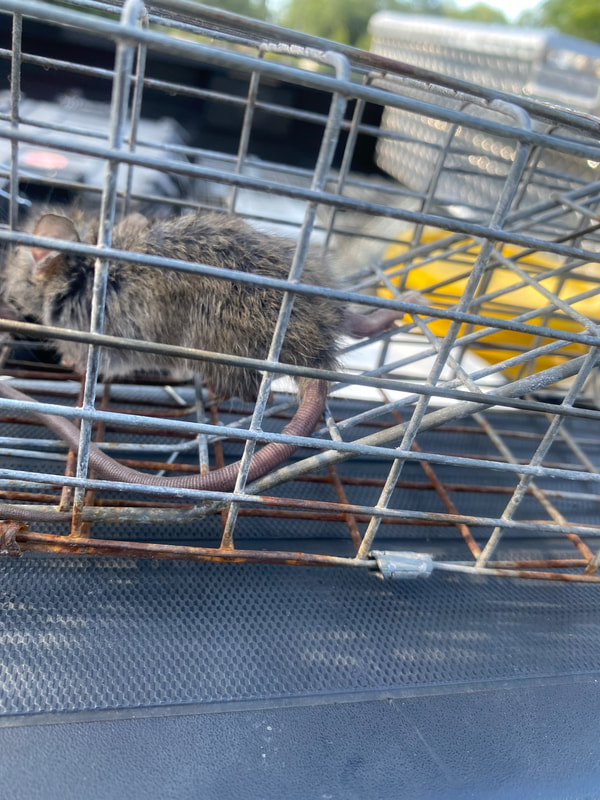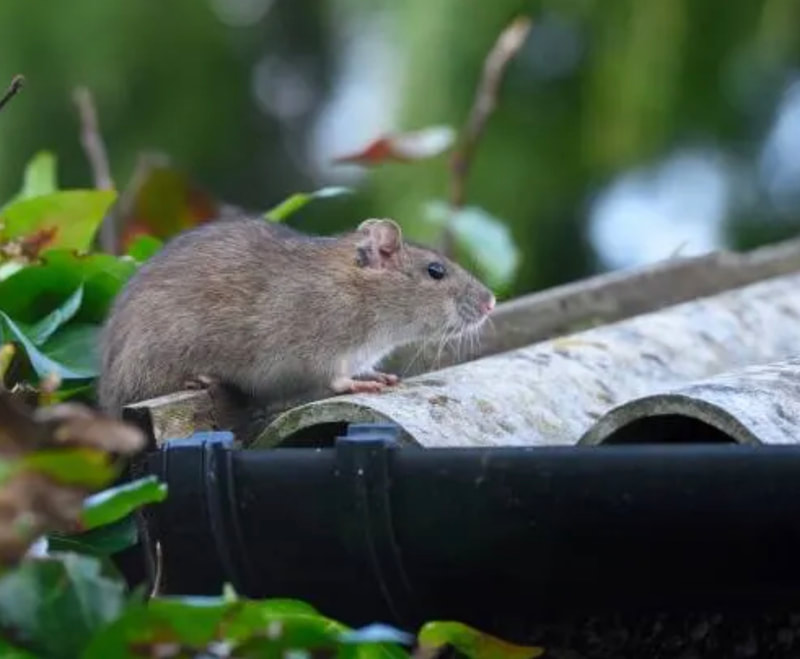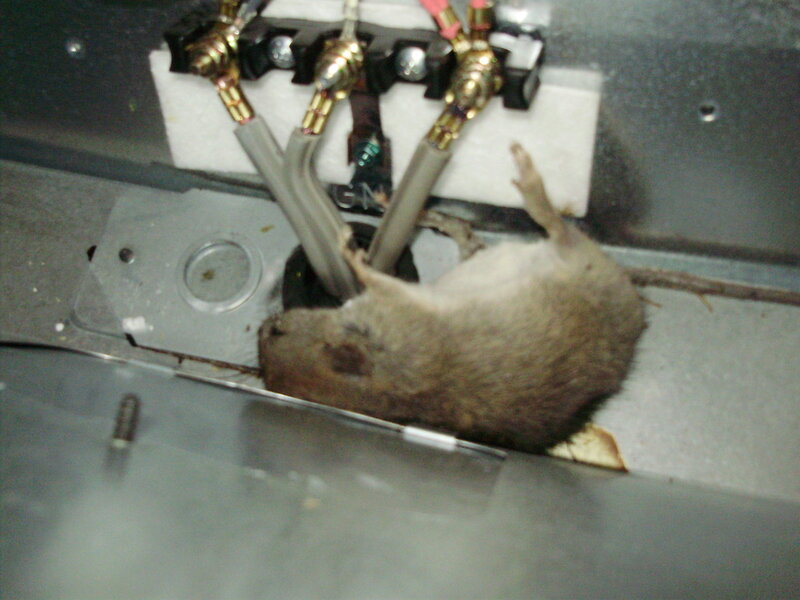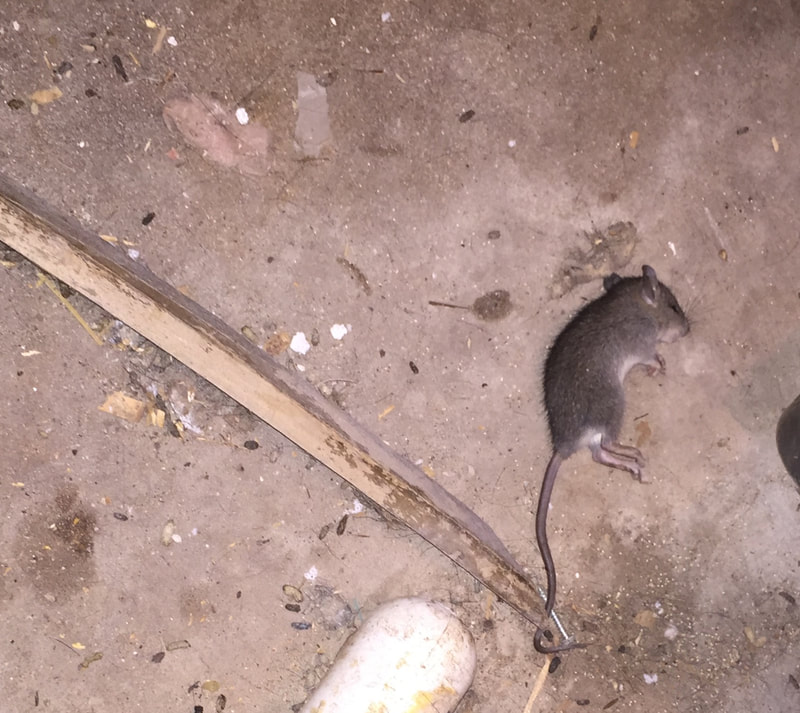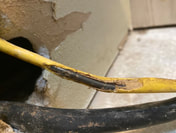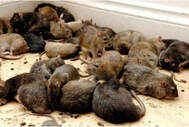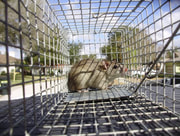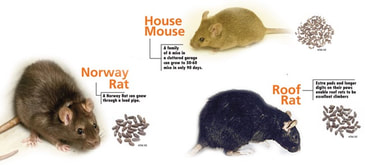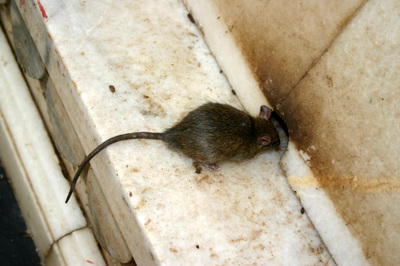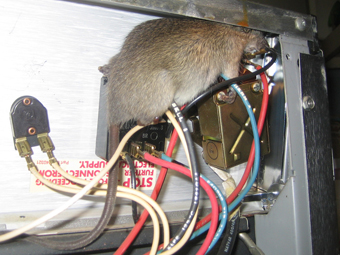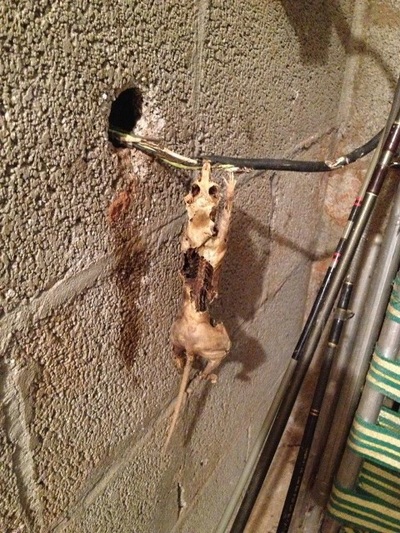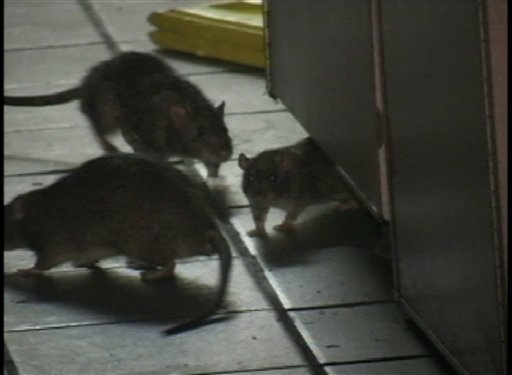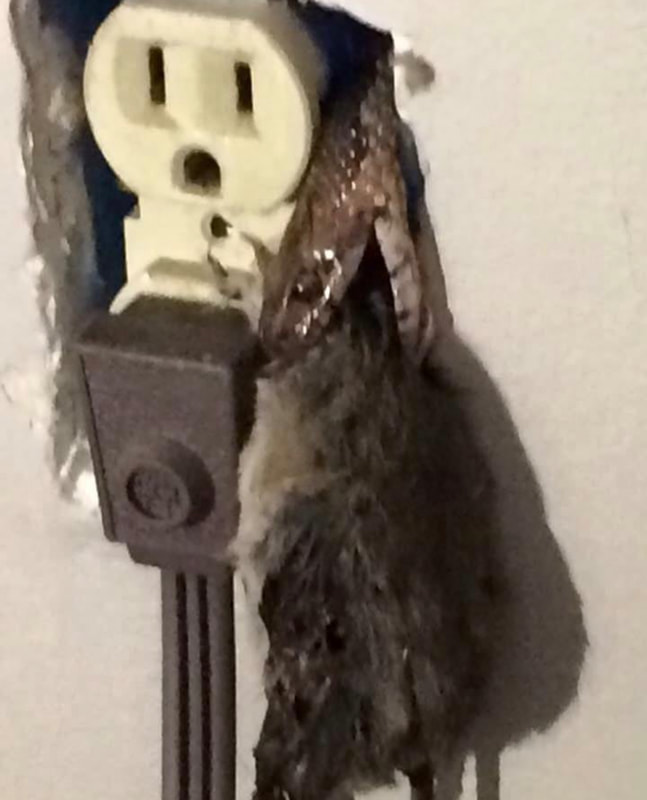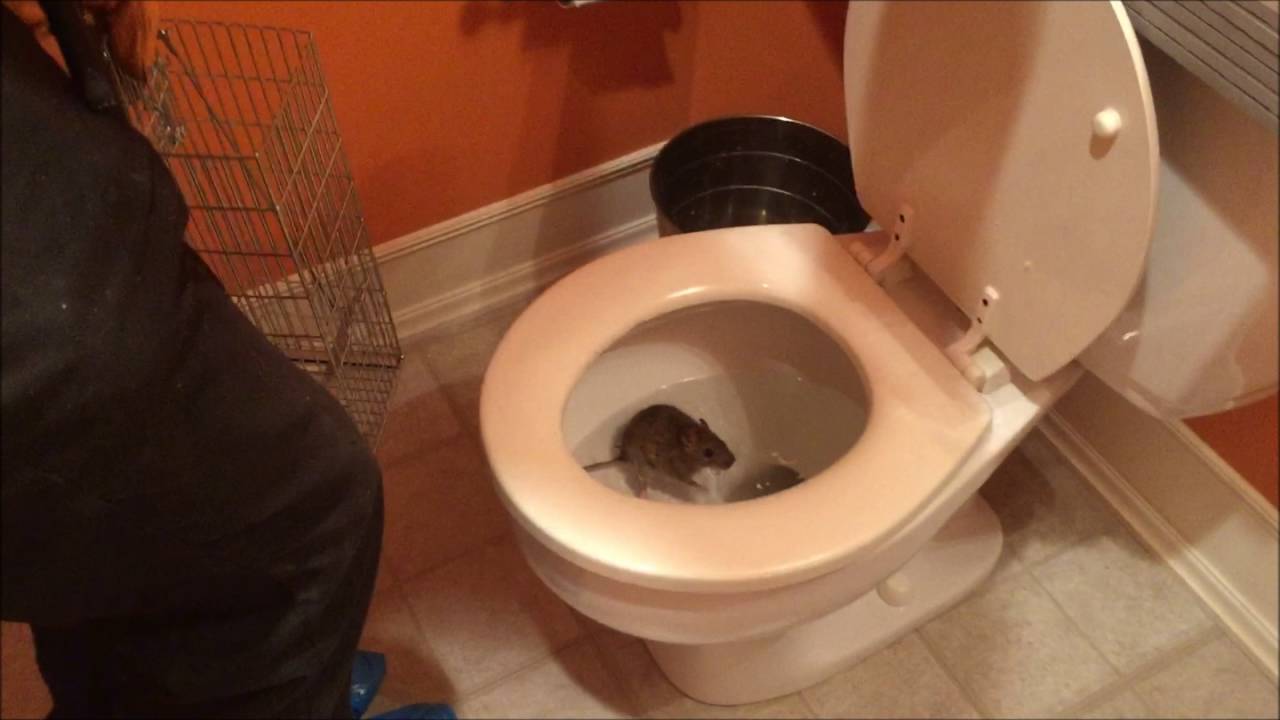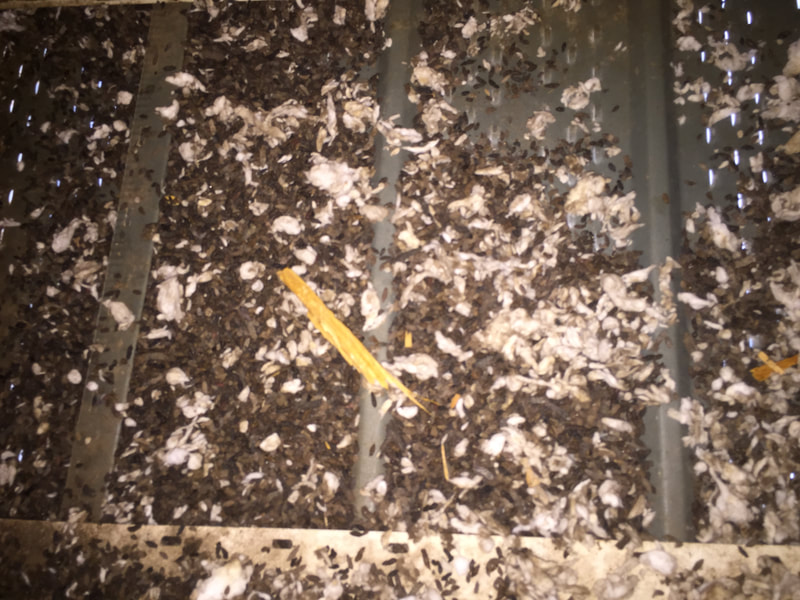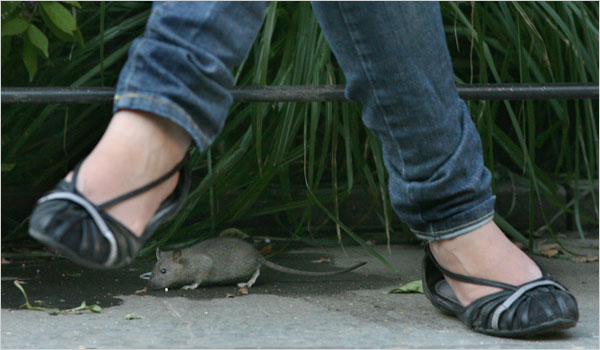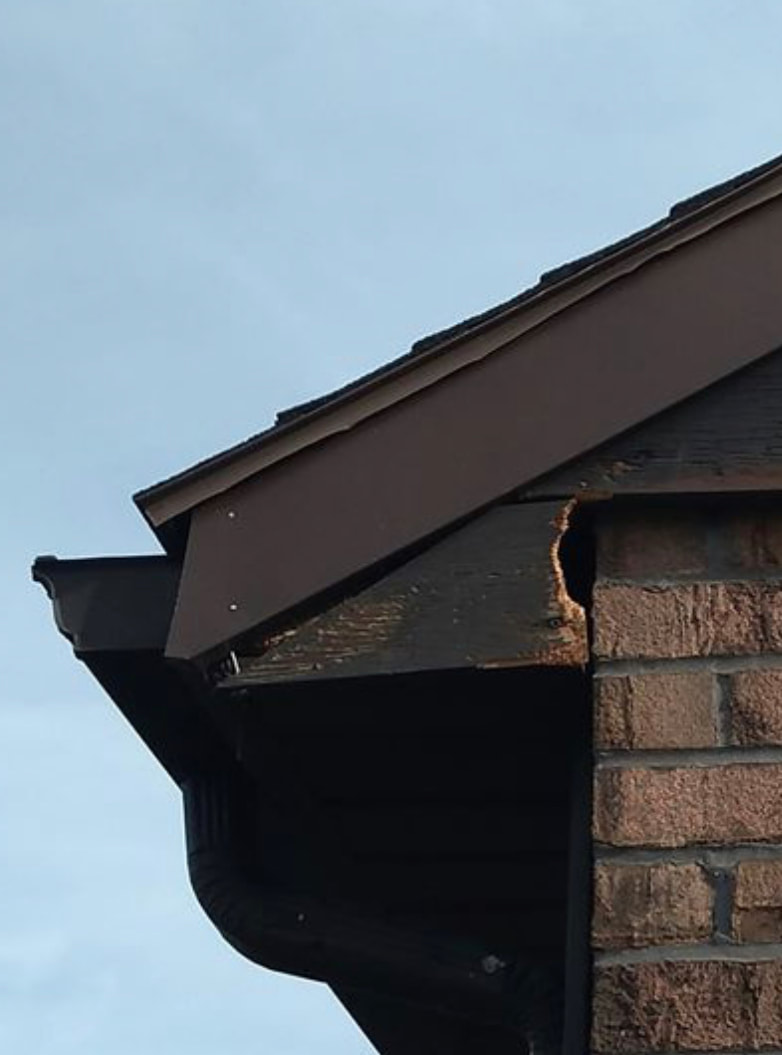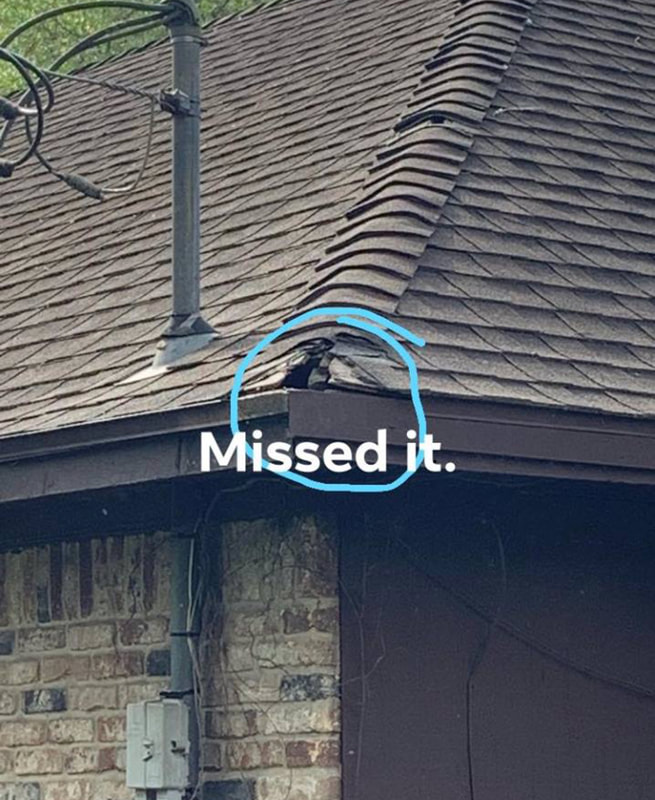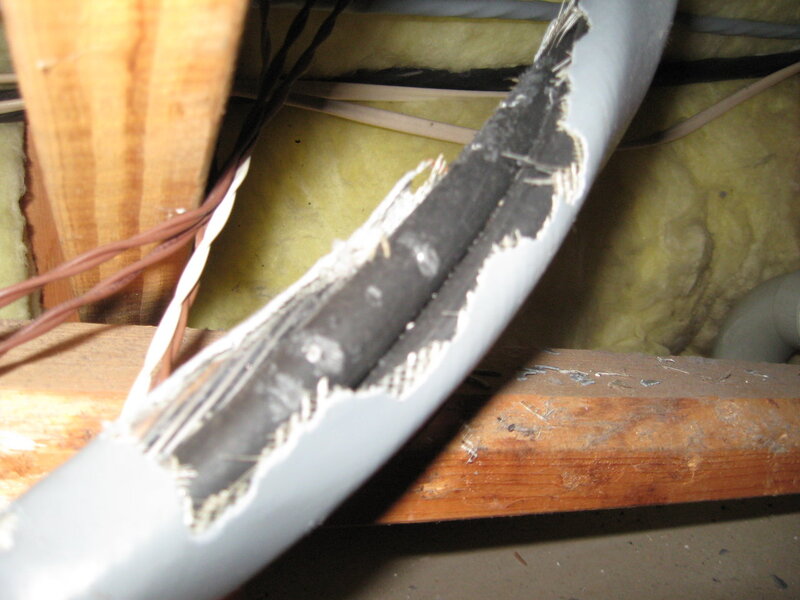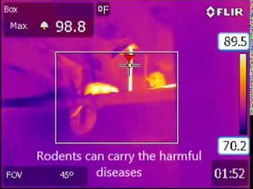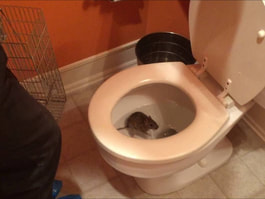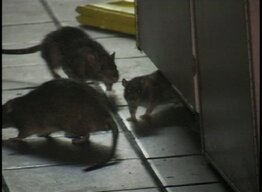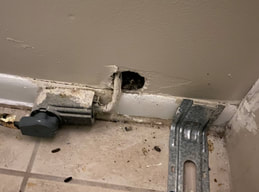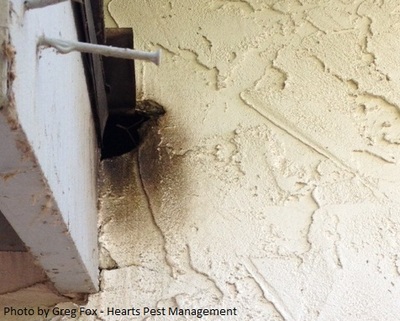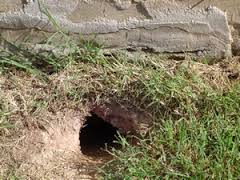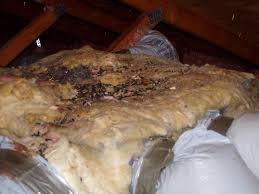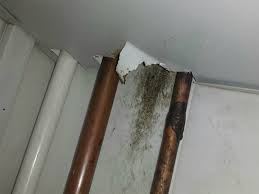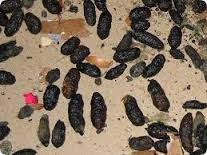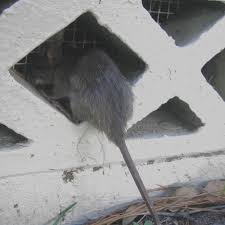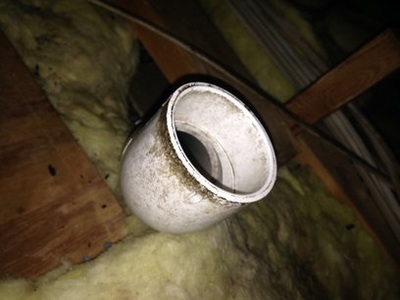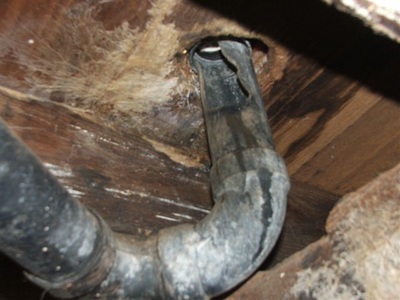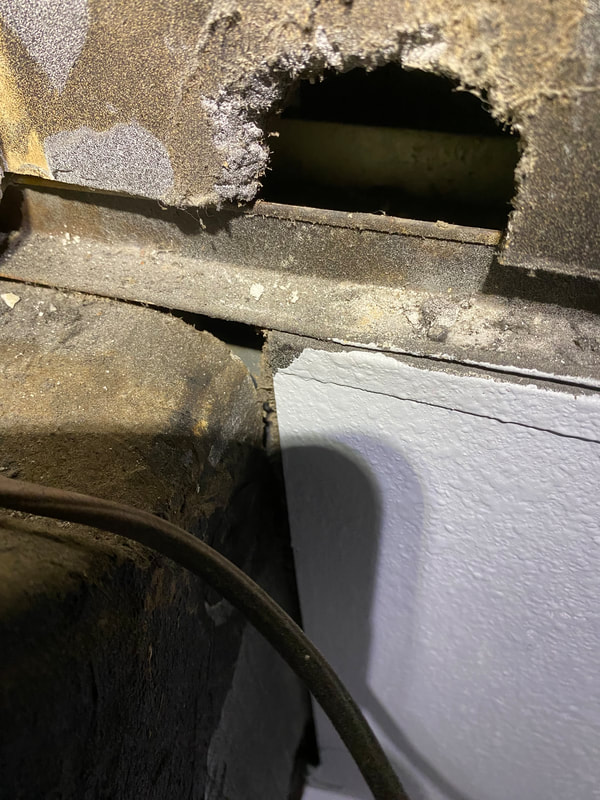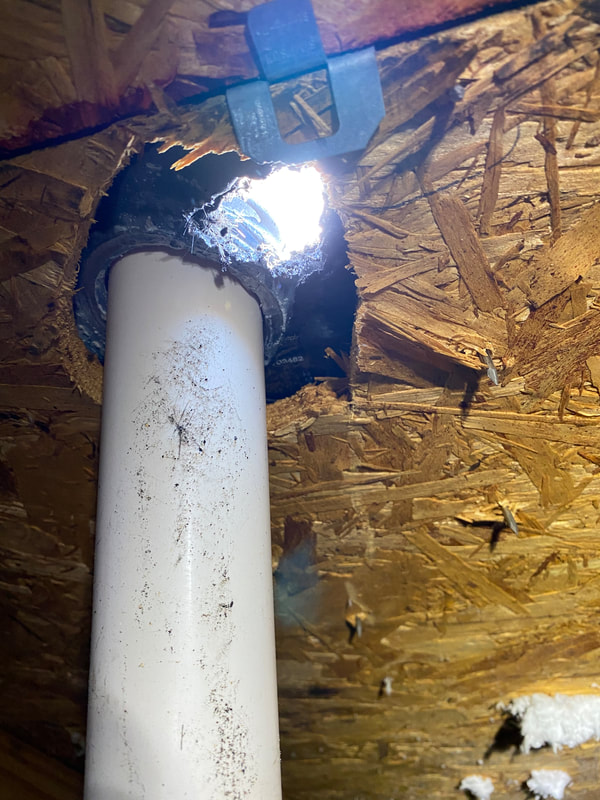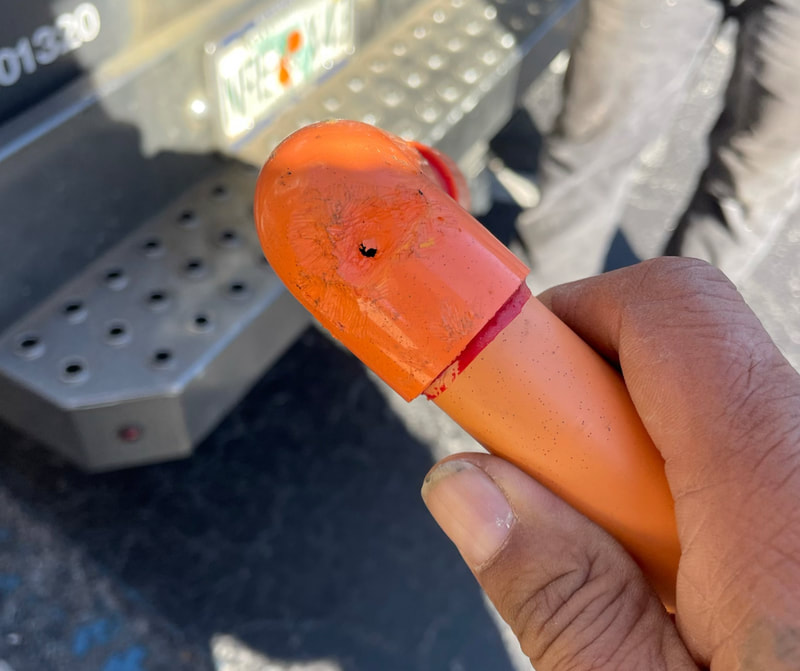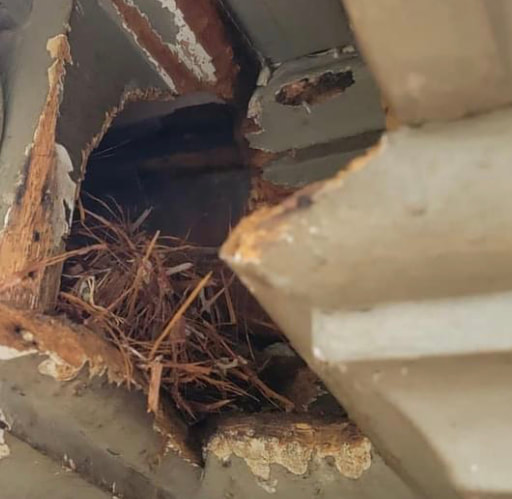FAST 🚀 100% EFFECTIVE 🎯 GUARANTEED ✅ RAT & WILDLIFE SOLUTIONS
|
CRITTER 911 IS DIFFERENT
|
CRITTER 911 SERVES:
RESIDENCE | COMMERCIAL | FOOD SERVICE | MULTI-UNIT
CRITTER 911 SERVES:
ORANGE | SEMINOLE | OSCEOLA VELOUSIA | BREVARD | LAKE MARION | SUMPTER |

Solution
Solving an infestation problem involving rats or mice, is complicated at best... and since the rodents have managed to adapt to and overcome each and every new technology found to combat them, the control methods we use must reflect an understanding of the commensal rodents' (rats & mice) habitat requirements, reproductive capabilities, food habits, life history, behavior, senses, movements, and the dynamics of its population structure. Without this knowledge, both time and money are wasted, and the chances of failure increase greatly.
Solving an infestation problem involving rats or mice, is complicated at best... and since the rodents have managed to adapt to and overcome each and every new technology found to combat them, the control methods we use must reflect an understanding of the commensal rodents' (rats & mice) habitat requirements, reproductive capabilities, food habits, life history, behavior, senses, movements, and the dynamics of its population structure. Without this knowledge, both time and money are wasted, and the chances of failure increase greatly.
Local Rodents:
The 3 commensal (adept at living with humans) rodents most responsible for infestations and the accompanying damage found in the Tampa | Clearwater | St Petersburg and The Orlando | Kissimmee metropolitan area are all of the family murinae:
It's more recent history involves it's transplantation to North America where it is estimated to cause billions of dollars in damage to people, homes & businesses each year by spreading diseases, causing fires, water damage, food contamination, and a multitude of other stresses on societies.
The 3 commensal (adept at living with humans) rodents most responsible for infestations and the accompanying damage found in the Tampa | Clearwater | St Petersburg and The Orlando | Kissimmee metropolitan area are all of the family murinae:
- The Roof Rat- (rattus rattus) a smaller, long tailed rat with prominent ears, a brown & gray back and a light gray belly. The roof rat is the primary culprit at work in home damage in this area of Florida.
- The Norway Rat- (rattus norvegicus) a large blunt headed rat with a tail shorter than its body, small ears and brown and gray mottling on its back and light brown on it's belly. The Norway rat is rare in Central Florida but is the primary culprit in infestations up north.
- The House Mouse- (mus musculus) very small rodent with pointed snout, longer tail and gray and white coloring. The house mouse is rarely seen in the Central Florida area- Apopka is the most notable exception and we deal with mice in homes in Apopka, Mt Dora & Eustice on a regular basis.
It's more recent history involves it's transplantation to North America where it is estimated to cause billions of dollars in damage to people, homes & businesses each year by spreading diseases, causing fires, water damage, food contamination, and a multitude of other stresses on societies.
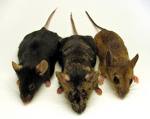
Habitat:
Roof rats are comfortable occupying both above ground (arboreal), on ground (terrestrial), and below ground (subterranean) nesting sites and are amazingly adaptive to any habitat that can provide sufficient harborage and food. Once rats or mice find an entry point into homes, businesses, or multi unit buildings and become established, they readily breed and thrive. They have also been found living in sewer systems.
Roof rats are comfortable occupying both above ground (arboreal), on ground (terrestrial), and below ground (subterranean) nesting sites and are amazingly adaptive to any habitat that can provide sufficient harborage and food. Once rats or mice find an entry point into homes, businesses, or multi unit buildings and become established, they readily breed and thrive. They have also been found living in sewer systems.

Food Habits:
Roof Rats are omnivorous and, if necessary, will feed on almost anything, although they can be surprisingly picky when a variety of food is available. Roof rats usually require water daily, though their local diet may provide an adequate amount if it is high in water content.
Roof Rats are omnivorous and, if necessary, will feed on almost anything, although they can be surprisingly picky when a variety of food is available. Roof rats usually require water daily, though their local diet may provide an adequate amount if it is high in water content.
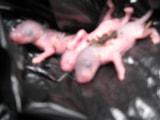
Reproduction & Development:
Rodents, (including rats and mice), are the most successful mammalian reproducers. The are born about 3 to 4 weeks after mating and the female is ready to reproduce again almost immediately after giving birth. The number of litters depends on food availability, population and season- in Florida they virtually breed all year long.
New rats are sexually mature and ready to reproduce the next generation of rats in as little as 60-90 days and with each rat producing 6-8 offspring, one mated pair can engender 20,000 offspring in one year in an enclosed environment.
Rodents, (including rats and mice), are the most successful mammalian reproducers. The are born about 3 to 4 weeks after mating and the female is ready to reproduce again almost immediately after giving birth. The number of litters depends on food availability, population and season- in Florida they virtually breed all year long.
New rats are sexually mature and ready to reproduce the next generation of rats in as little as 60-90 days and with each rat producing 6-8 offspring, one mated pair can engender 20,000 offspring in one year in an enclosed environment.
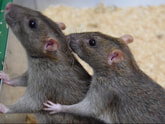
Foraging Behavior:
Rats usually start foraging shortly after sunset. Food items that are too big to be eaten on the spot are carried to a protected location for consumption and when food is plentiful some food is stored in caches near the rats nest.
This hoarding behavior is why rats can survive in a sealed up home or business for a surprisingly long time. Roof rats have a strong tendency to avoid new objects in their environment and this neophobia can influence control efforts, for it may take several days before they will approach a bait station or trap and since they have access to hoarded food, traps with food attractants are much less attractive unless properly placed.
When necessary, roof rats will travel considerable distances. They may live in the landscaping of one residence and feed at another. They can often be seen at night running along overhead utility lines or fences. They may live in trees, such as palm, or in attics, and climb down to a food source. Traditional baiting or trapping on the ground or floor may intercept very few roof rats unless bait and/or traps are placed at the very points that rats traverse from above to a food resource.
Rats usually start foraging shortly after sunset. Food items that are too big to be eaten on the spot are carried to a protected location for consumption and when food is plentiful some food is stored in caches near the rats nest.
This hoarding behavior is why rats can survive in a sealed up home or business for a surprisingly long time. Roof rats have a strong tendency to avoid new objects in their environment and this neophobia can influence control efforts, for it may take several days before they will approach a bait station or trap and since they have access to hoarded food, traps with food attractants are much less attractive unless properly placed.
When necessary, roof rats will travel considerable distances. They may live in the landscaping of one residence and feed at another. They can often be seen at night running along overhead utility lines or fences. They may live in trees, such as palm, or in attics, and climb down to a food source. Traditional baiting or trapping on the ground or floor may intercept very few roof rats unless bait and/or traps are placed at the very points that rats traverse from above to a food resource.
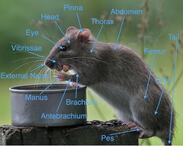
Rat Senses:
Rats rely on keen senses to navigate and survive in a world where they are the basis of the food chain... but, as rats have evolved, the senses they have developed have allowed them to become the second most successful mammal on earth.
planet short of aging.
Rats rely on keen senses to navigate and survive in a world where they are the basis of the food chain... but, as rats have evolved, the senses they have developed have allowed them to become the second most successful mammal on earth.
- Sight...least developed of the rats senses, they are color blind.
- Smell... they use their keen sense of smell to locate and select food items, identify territories and travel routes, and recognize other rats, especially those of the opposite sex.
- Hearing... their keen sense of hearing also aids in their ability to detect and escape danger.
- Touch- rats use their acute sense of touch to explore their world... their long, sensitive whiskers (vibrissae) near their nose and the guard hairs on their body are used as tactile sensors. The whiskers and guard hairs enable the animals to travel adjacent to walls in the dark and in burrows.
- Taste- rats have a strong sense of taste as well and they will carefully select what they eat when more than one food source is available.
planet short of aging.
Signs of Rodent Infestation:
Signs that rat infestation is under way may be difficult to spot until the population of roof rats have reached a critical mass that forces individual rats to take risks that give away their presence. The signs reported by our clients:
Signs that rat infestation is under way may be difficult to spot until the population of roof rats have reached a critical mass that forces individual rats to take risks that give away their presence. The signs reported by our clients:
- scratching or chewing noise in areas of the attic.
- smudge marks (the result of oil and dirt rubbing off of their fur as they brush up against objects as they move from
one place to another). - dogs or cats paying undue attention to the attic, wall voids and crawl spaces.
- droppings, urine, or tracks on the floor.
- chewed through food containers or water bottles.
- actual damage (i.e. water leaks from gnawed plumbing, loss of cooling in certain rooms and/or insulation being found blowing out of air vents, lights & electrical sockets not working etc.).
- chewing on citrus and other fruit and vegetable plants.
- flu and/or allergy like symptoms including asthma, bronchitis & other respiratory ailments.
- recurring parasitic infestations of the home or business (primarily fleas and ticks).
|
Diseases:
Rodents (rats & mice), according to the CDC are the transmission vector for a number of human diseases, including:
Rats are also capable of transmitting a number of diseases to pets and domestic animals. Rats and/or mice need not come in contact with you or your pets to transmit diseases... they leave fecal pellets, dander, urine crystals and fleas & ticks which have fed on rat and/or mouse blood which then feed on you or your pets, transferring the diseases in such low contact mechanisms. |

